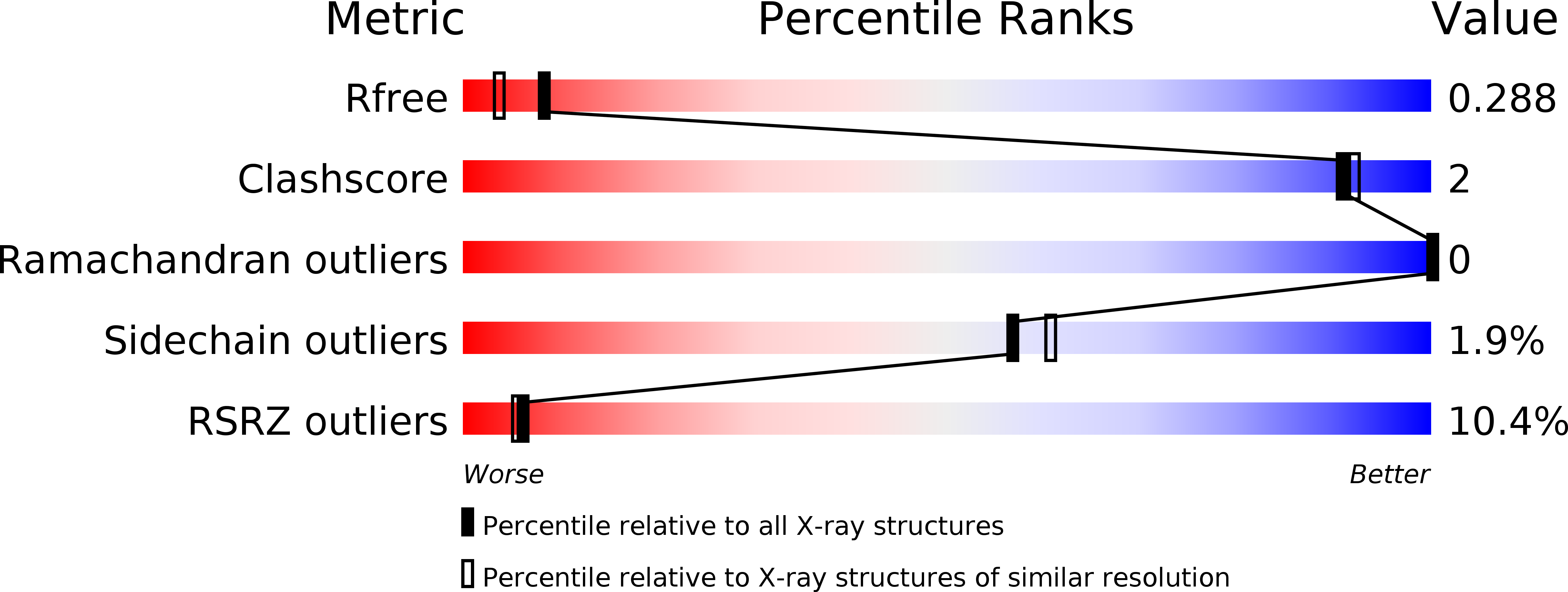
Deposition Date
2007-08-27
Release Date
2007-09-04
Last Version Date
2024-10-16
Entry Detail
PDB ID:
2R2O
Keywords:
Title:
Crystal structure of the effector domain of human Plexin B1
Biological Source:
Source Organism:
Homo sapiens (Taxon ID: 9606)
Host Organism:
Method Details:
Experimental Method:
Resolution:
2.00 Å
R-Value Free:
0.26
R-Value Work:
0.22
R-Value Observed:
0.22
Space Group:
P 21 21 21


